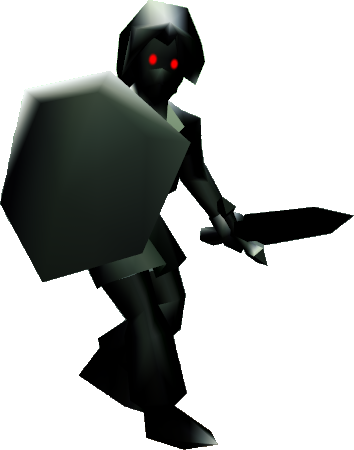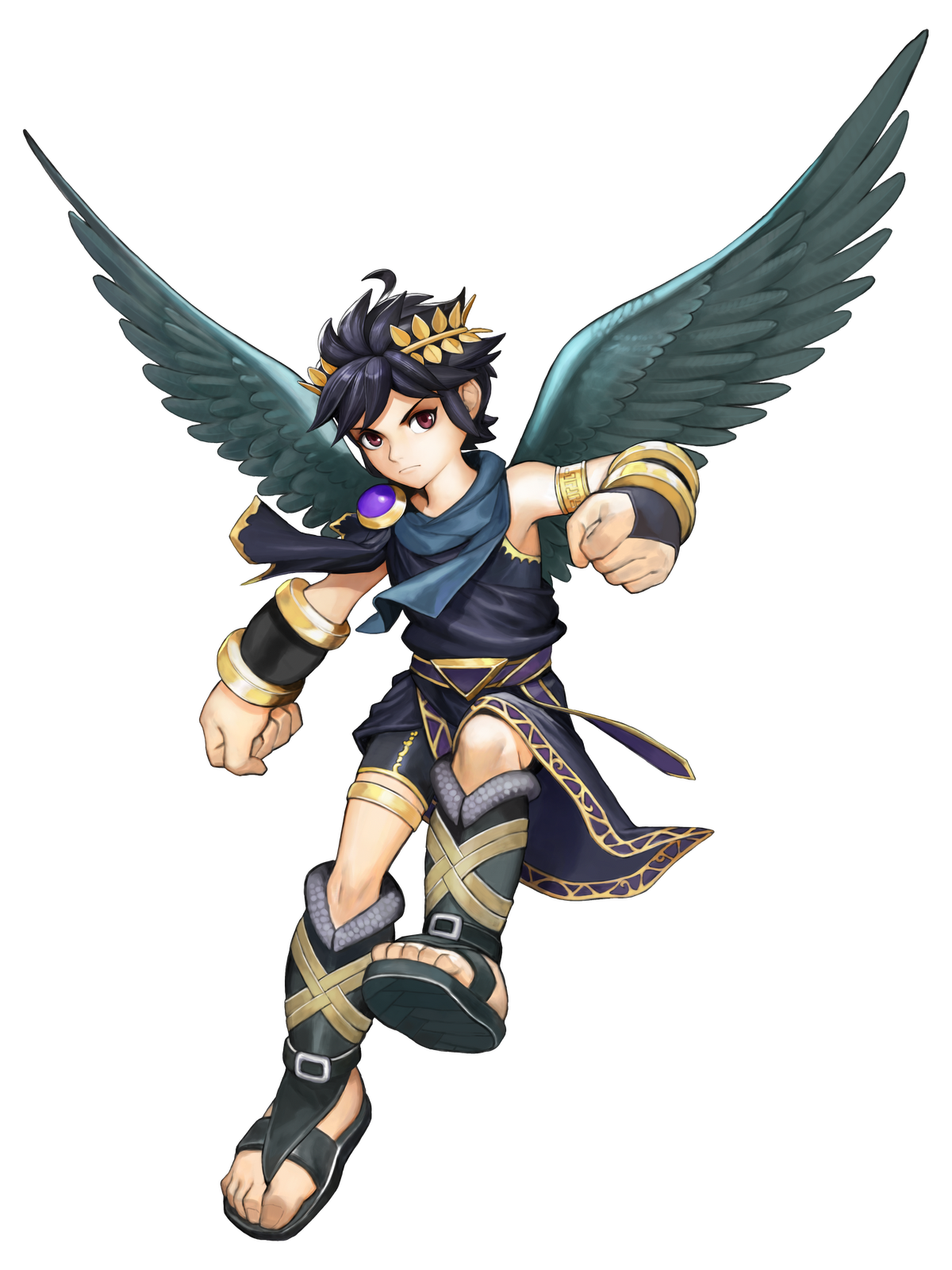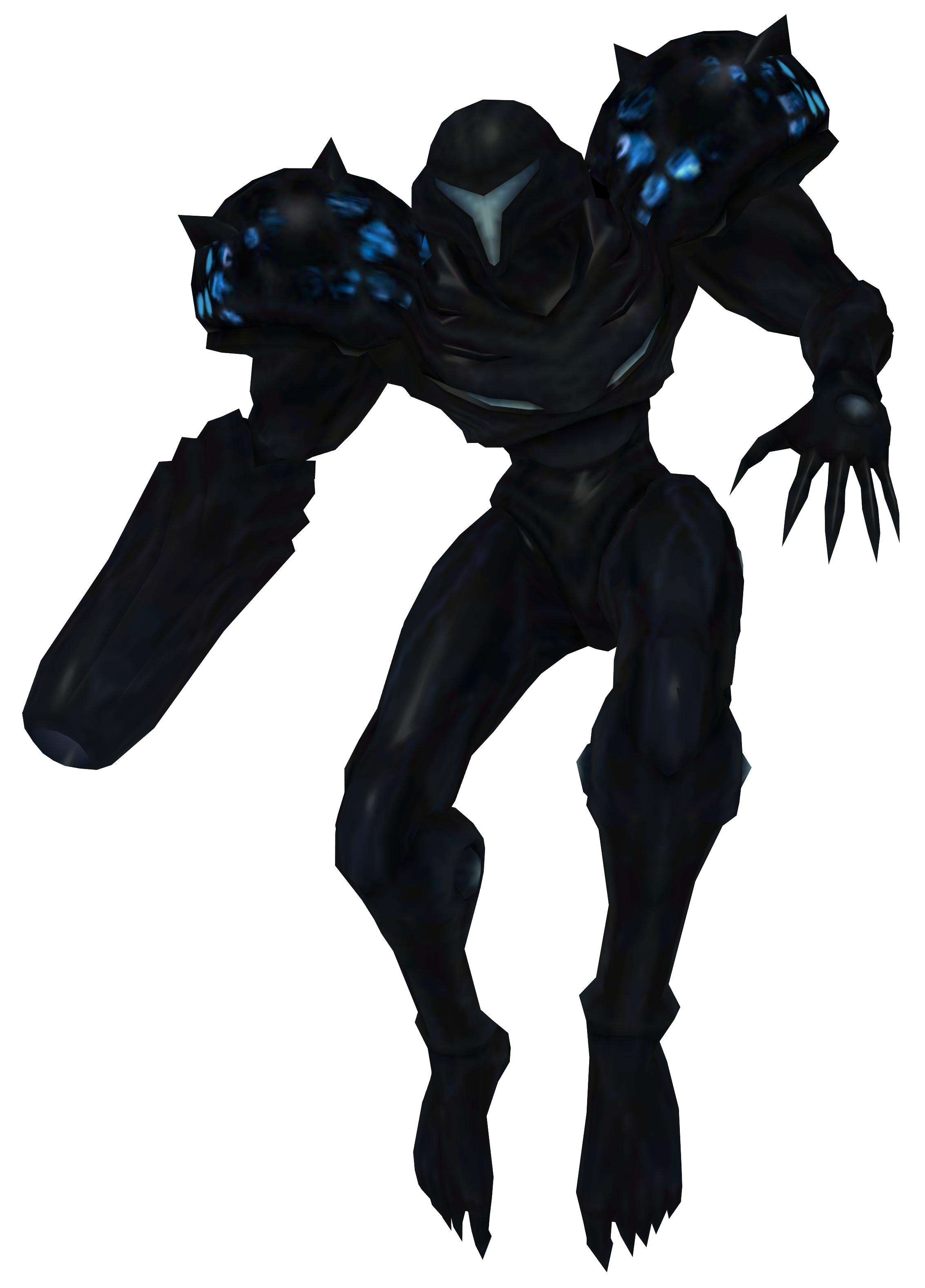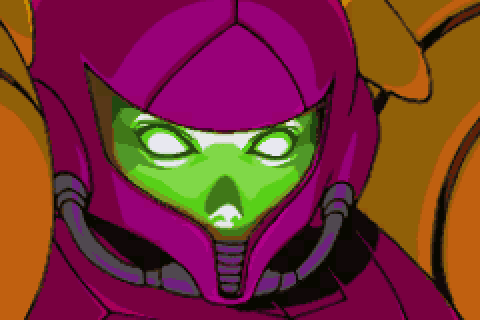This blog post was originally a paper for Critical Whiteness Studies; a class that is not about racism. It's about whiteness. If your first thought is, "wait, white is a race though", congrats! You realized it sooner than I did! Whiteness is an aspect that (white) people (which I happen to be) rarely think about in terms of personal identity and how it seeps into our media. But it does! Even in video games!
From the advent of video games, heroes and characters have been predominantly white. Mario (Super Mario Bros), Link (Legend of Zelda), Samus (Metroid), Sora (Kingdom Hearts), Gordon Freeman (Half-Life), and other longstanding popular protagonists reveal the heterogeneity of whiteness; however, none of these characters alone denote any meaning from whiteness. It's sadly lacking in representation, but in isolation, it doesn't say anything. What does say something is the popularity of Nintendo’s shadow counterparts to heroes, starting in the late 1990s, such as Dark Link (Ocarina of Time), Shadow Mario (Super Mario Sunshine), and Shadow the Hedgehog (Sonic Adventure 2). Shadow Villains have appeared in several popular franchises such as Metroid Prime 3, Kid Icarus: Uprising, and Links Awakening, all representing the shadow as a demonic counterpart of the main character; the white hero.
Monsters

In the Legend of Zelda, Dark Link is a recurring character usually drawn on as an unexplained magical monster that Link must overcome. Dark Link’s presence is never explained. Rather, Dark Link is often a trial or test that Link must overcome. In Zelda II, Dark Link is in canon a final test of the hero made alive through magic. The dark counterpart trope continues in the Legend of Zelda franchise to this day, with the 2019 remake of Link’s Awakening adding Dark Link as an optional sub-boss. This trope draws on the role of blackness as “other” to identify its villain. As Tom Ross, Professor of Law and Ethics at University of Pittsburg described:
White and black often symbolize some form of good and bad. Black or darkness has served as the symbol of evil for many Western cultures… In most instances, black persons occupy the shadows, the periphery of paintings, or are depicted as one of several common stereotypes (Ross 264).The appeal of Dark Link and other demonic doppelgangers, including Vanitas from Kingdom Hearts, and Dark Samus from Metroid Prime 3, is in being alien. Their looming existence is contrasted by the familiarity of a recognized hero. Their shadowy design contrasts with the protagonist’s whiteness. The trope of shadow villains invokes this contrast and forwards the subconscious bias that codes whiteness as heroic and familiar.
Shadows
In the early 2000s, the increased power of video game systems allowed characters to have dialogue and story behind them, allowing the preexisting trope of shadow villains to grow with characterization and motives. These villains, while they usually have a past and a story, are still defined solely by their contrast from the main heroes, entrenching the white hero into dominance. Shadow Mario, one of the first characterized shadow villains from Super Mario Sunshine, fulfills the role of the defiler who vandalized the island and the trickster who frames Mario for covering the island’s many landmarks in gunk. This illustrates the purpose and the danger of shadow characters: they exist to exemplify the virtuous characteristics of the main characters, as any foil or villain does, but it does it at the expense of the image of darker-toned characters. By placing white heroes besides black, “dark” versions of themselves, the developers equates the characters whiteness with their goodness, and unintentionally frames blackness as the other, the position of evil.

The characterization of the “other” of the shadow villain has grown over time to include more tropes from blackness to allow the villains to reveal more about their white counterparts. In Kid Icarus: Uprising, the white hero, Pit, is cloned by The Mirror of Truth to create Dark Pit. Dark Pit, unlike past Shadow Villains, has a white skin color, but black clothes and features. According to the game’s dialogue, the cloning was incomplete, causing Dark Pit to be neither completely evil nor completely good. Dark Pit acts upon Pit’s repressed emotions and is shown to be more cunning, aggressive, and active than Pit, which contrasts with Pit’s naivety, faith, and optimism. Late in Kid Icarus: Uprising, it is revealed that Dark Pit’s life is tied to Pit’s, forcing him to help Pit in his adventures to keep himself from dying. While Dark Pit may protest his independence from all parties, he is dependent on Pit, making him another dark character whose survival is based on the benevolence of the white hero. Setting Dark Pit as an ally does not absolve Pit of his dominant white position, and Dark Pit’s forced alliance makes him a slave to Pit, framing the white Pit as more important than his darker (albeit white-skinned) dopple.
Positive Examples

In all these games, the shadow villain is boasted to be the exact equal of the protagonist, with weapons and techniques that perfectly match the hero, but as shown, from a story, character, and motivation perspective, the hero and villain are not equal. The villain is a copy, a dependent, or merely a trial for the original, white hero. This would not be nearly as destructive if black heroes existed with white-anti-shadows, or if the copy was less defined on the axis of color.

For example, In Metroid Prime 3, Samus is faced by the obsessed monster, "Dark Samus", a classic "dark monster" archetype, but in Metroid Fusion she is contrasted by the far more terrifying doppleganger, "SA-X". In Fusion, SA-X represents the weakness of Samus without her old suit, unlike the shadow-variant whose sole purpose is to be evil and antagonizing. SA-X was a shadow villain that used design differences to differentiate, instead of buying into a white/black dichotomy.
However, you don't even have to change the design from black/white in order to break from this archetype. Shadow villains can serve as an effective antithesis to the main character while not serving as a footstool for whiteness. As an effective case study for how this can be done well and failed catastrophically at the same time, we can look at the most famous shadow villain in the industry: Shadow the Hedgehog.

Shadow the Hedgehog was introduced in the 2001 title, Sonic Adventure 2 as the immortal, ultimate lifeform. According to the game’s plot, he was created decades before Sonic and only reawakened when Sonic’s arch-nemesis, Dr. Robotnik, released him. While the game’s themes reflect the contrast between good and evil, as represented by the game’s two quests: The Hero Quest (starring Sonic) and the Dark Quest (starring Shadow), Shadow is not measured by the standard of the white hero. Shadow existed decades before Sonic was born, and is touted to be superior to Sonic, not just his equal. The game’s dialogue makes it clear that Shadow considers himself the original, and Sonic as his counterpart.
SHADOW: “You’re comparing yourself to me? Ha! You’re not even good enough to be my fake” (Sonic Adventure 2 cutscene 14).Sonic’s and Shadow’s rivalry is pointedly one-sided throughout the game. When they first meet, Shadow easily evades Sonic and escapes with the Chaos Emerald they were racing for, leaving Sonic trailing behind him, rather than the other way around. Shadow’s power subverts whiteness, placing Sonic beneath Shadow, with Sonic having to prove his worth to Shadow throughout the rest of the game. It is only when Shadow sees Sonic escape certain death that he accepts Sonic’s abilities.

Shadow’s indifference and superiority to Sonic make him less of a counterpart and more of a rival; however, while Shadow may not fall into the common pitfalls other shadow villains are placed in, his backstory is deeply rooted in servitude to whiteness. Shadow was a genetic experiment born on a space laboratory by the genius scientist, Gerald Robotnik. His only companion on this solitary satellite was Robotnik’s granddaughter, Maria Robotnik, who was murdered by U.S. Soldiers when Gerald’s research was classified as too dangerous and the laboratory was sacked. Shadow’s motivation throughout the entire game is wiping out humanity as revenge for Maria’s death. In many ways Shadow is a non-entity outside of Maria's existence. Without her, all he'd have would be pomp and charisma, and nothing behind the eyes. This is a problem because, Maria is noticeably white with blonde hair and blue eyes; tropes for the stereotypical “beautiful white woman”. Shadow, as a character, does not have a morality of his own, and must instead be “given” morality by remembering that Maria would not have wanted humanity to be wiped out. George Fredrickson in his essay, White Images of Black Slaves, described a similar outlook:
Apologists for slavery... usually made it clear that loyalty and docility were not inevitable African characteristics, but rather an artificial creation of absolute white dominance and control. Weaken the bonds of servitude, they frequently argued, and the black slave would revert to type as a bloodthirsty brute (Delgado 40).While Shadow may not be represented as bloodthirsty (at least in the Sonic Adventure Series), his story still invokes this old stereotype. The loss of Maria makes him a villain. Shadow the Hedgehog, while he may be typified as the "Ultimate Lifeform", is not independent of whiteness and is even defined by the wishes of a white character throughout his introductory game. Thankfully, as Shadow the Hedgehog has aged, his games have moved away from his memories of Maria and more towards his assured self-identity. Shadow proves that while shadow villains act as evil counterparts to popular heroes, how that character is born and represented can determine their effect as a non-white character.
Backlash (or lack thereof)
All shadow villains, even if they are built to be independent, are non-white derivatives of white heroes, and that initial motive in creating them is hard to break away from. Especially in-universe. Despite how problematic these archetypes are, none of these villains have received scrutiny for glorifying whiteness. Shadow the Hedgehog may have received scrutiny for having a simplistic story and being driven by the wishes of another person, but those allegations never point out the white-Maria narrative. Dark Pit’s apparent slavery is similarly unchallenged. Why is that?
I believe the reason for this is that the white race card is never really seen. It's off the table because no one thinks about whiteness. Quite simply, Dark Pit and Dark Samus aren't black. None of these characters are coded with pointedly black imagery. There is no ill-intention there. They aren't negative representation of black people, so it's not seen a problem. What we never realized is that the glorification of whiteness in the absence of black representation can be equally harmful, even if it's not racist.
The thrust in these games is not that shadow characters are black. It is that they are not white, and that is a lot harder to see. As Ira Shor wrote:
White is the color of domination, unmarked and unacknowledged (by whites mostly) because domination works best when less is said about it and because dominance confers protection from scrutiny (Kennedy et al. 377).Seeing that a game is forwarding whiteness is more difficult than seeing that a game is objectifying blacks. Critical whiteness studies as a field is needed to see these narratives. The lack of scrutiny over shadow villains proves that every race card, including whiteness, must be on the table to properly create equitable representation in the media we enjoy.
Notes:
- While many of the titles mentioned are games released by Nintendo, a Japanese company, many of these shadow characters were created by American studios. Shadow was created by Sonic Team USA (Sonic Adventure 2), and Dark Samus was created by Retro Studios, a Texas-based company (Metroid Prime 3: Corruption).
Works Cited:
Delgado, Richard. "arid Jean Stefancic, eds. 1997. Critical Whiteness Studies: Looking Behind the Mirror."
Grezzo. The Legend of Zelda: Link’s Awakening. Nintendo Switch, Nintendo, 2019
Kennedy, Tammie M., et al. "Symposium: Whiteness Studies." Rhetoric Review 24.4 (2005): 359-402.
Kingdom Hearts Birth By Sleep. Playstation Portable, Square Enix, 2010
Retro Studios. Metroid Prime 3: Corruption. Wii, Nintendo, 2007
Ross, Thomas. "White innocence, Black abstraction." Critical white studies: Looking behind the mirror (1997): 263-266.
Sonic Team USA. Sonic Adventure 2. Dreamcast, Sega, 2001
Sora Ltd. Kid Icarus: Uprising. 3DS, Nintendo, 1985
Super Mario Bros. Nintendo Entertainment System, Nintendo, 1985
Super Mario Sunshine. Gamecube, Nintendo, 2002
The Legend of Zelda: Ocarina of Time. Nintendo 64, Nintendo, 1998
Valve. Half-Life. Windows, Sierra Studios, 1998